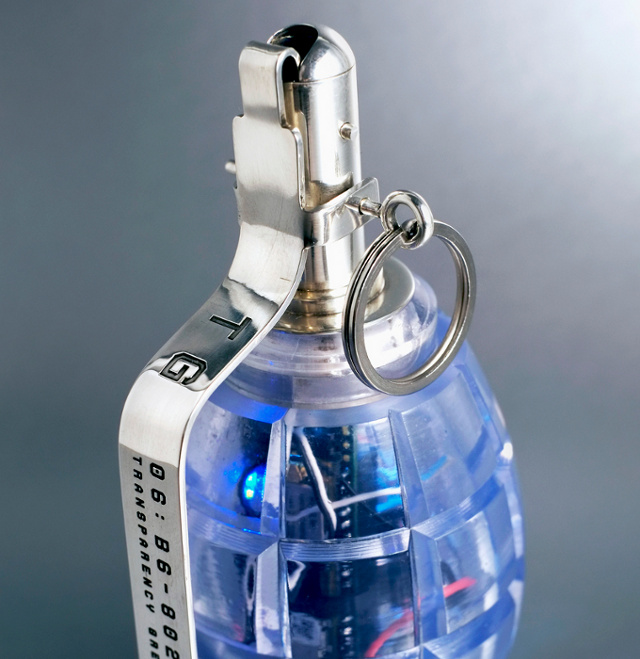Arscientist, right? Well, close enough, but not quite so. Something like – Artsearcher.
The politically oriented artist engaged in technoscientific discourses faces significant chal- lenges. She has to be versatile within the theoretical framework developed in disciplinary areas such as science and cultural studies, acquire the technical and/or scientific skill base needed in her chosen area of investigation, and develop an artistic language appealing to peers in her field while remaining accessible to a nonexpert audience. (1)
Artist as an amateur researcher
The emergence of the artist that does research, plays with data, knows how to code and create hardware, has opened a new area that crosses some of the long-established borders. And not (always) by intention.
This is exactly where art meets the information society and the artworks get this political echo within various tech-related communities and their messages spread online to
This time not confined in museums or carefully selected sites for “public” art, but artists could infiltrate the very mechanisms designed to be the new interfaces between knowledge production and society outside the arts. In the end, it doesn’t matter if Indymedia or Wikipedia had been brought into existence by artists or not. What matters is that they could have been.
( 2)
The echo of tech money is also something to be taken in account, on top of the need for collaborative work in media art destroying the traditional ‘lonely genius’ model, the influx of design and advertising has created some charming opportunities to trade your soul for sales, and work on your ‘art’ on the weekends. Which we cannot be sure that Leonardo didn’t do while creating ‘on demand’ works for the Medici family. In other words, the ‘specific intellectual’ type of artists have been better off with the ever-growing technological expansion.
Artist have always been metastasizing to whichever field they choose
Take Cubists as a first example that comes to mind. Although Beatriz expresses a right amount of concern about the scientific method pushing ‘art’ too much into any direction, in my own opinion, the artists will never go ‘too far’ into the science field, as their motives are utterly different, but will for sure use the opportunity to test all media available.
What artists will most certainly do is – disturb.
And the result might be scientifically useful, for all we know. Artists are opening an important door into the ‘amateur’ experiments that are doing away with ‘perfect laboratory’ results. Disobedient by default, artists in the last century have been on the dissident side (as Latour has already named them) whether they wanted it or not. Being e
Artist as a synthesizer and a hacktivist…
Along with the Pigeon blog story of the air quality measured literally ‘in the air’ and not on the ground, the metaphorical simplicity of the art approach can tell so much to the experts as well as to the broad audience with only one object. If you are a friend of the muses, you cannot but synthesize, no matter the medium(s) you might be using. It works for computational artists as well.

Presented in the form of a Soviet F1 Hand Grenade, the Transparency Grenade is an iconic cure for these frustrations, making the process of leaking information from closed meetings as easy as pulling a pin.
Equipped with a tiny computer, microphone and powerful wireless antenna, the Transparency Grenade captures network traffic and audio at the site and securely and anonymously streams it to a dedicated server where it is mined for information. User names, hostnames, IP addresses, unencrypted email fragments, web pages, images, and voice extracted from this data and then presented on an online, public map, shown at the location of the detonation.
Whether a trusted employee, civil servant or concerned citizen, greater openness was never so close at hand… (3)
Is it an artist or a nerd? Is it an electrician or the programmer? Which ‘species’ an artist now belongs to? This becomes a rather less important question (Does it matter who Banksy is?) than the one – what is she/he telling us?
How beautifully dangerous and art-potent the moment we are in is.
References
(1) Costa, B. and Kavita P. editors, (2008), Tactical Biopolitics: Art, Activism, and Technoscience, Leonardo Books, MIT press, Massachusets, USA
(2) Ibid.
(3) from transparencygrenade.com project description
Cover photo UNIX Command line for Artists and Activists and The Transparency Granade project by Julian Oliver.